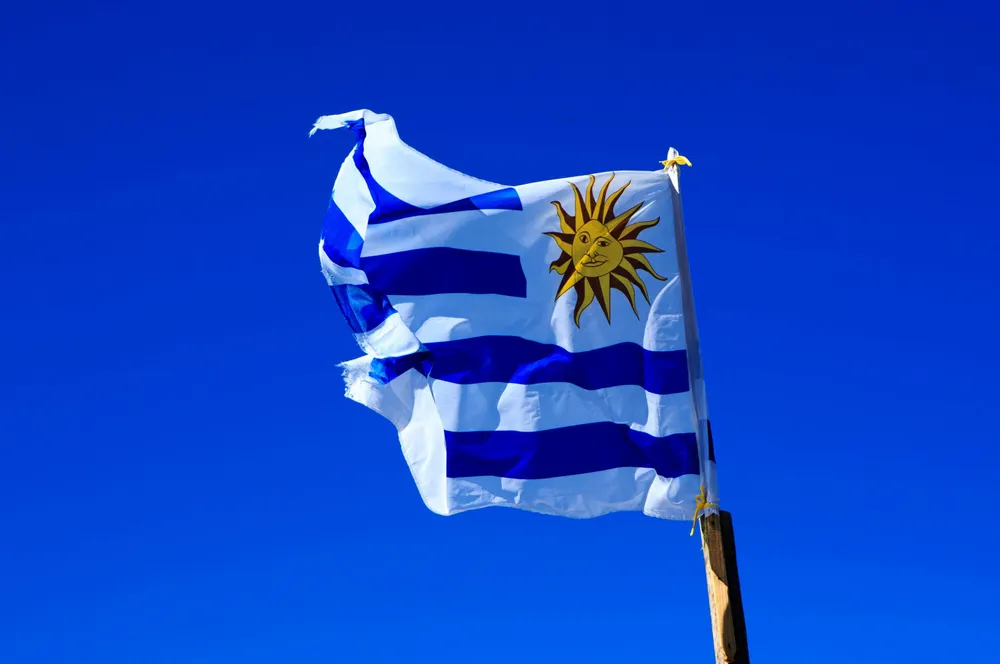Green hydrogen roadmap finalised | Uruguay plans to produce 1GW of H2 by 2030 for as little as $1.20/kg
South American country aims to export renewable H2 and its derivatives — ammonia, methanol, e-fuel and green iron

South American country aims to export renewable H2 and its derivatives — ammonia, methanol, e-fuel and green iron
